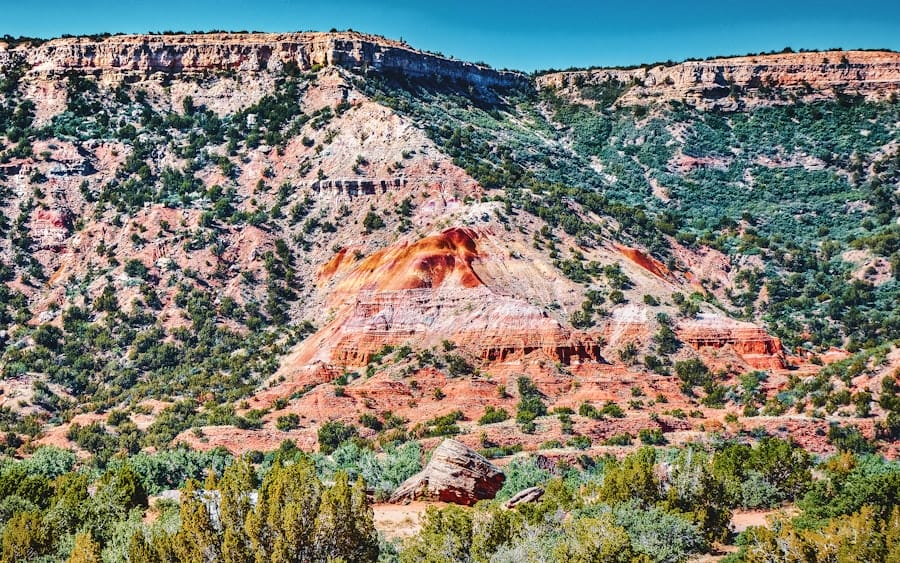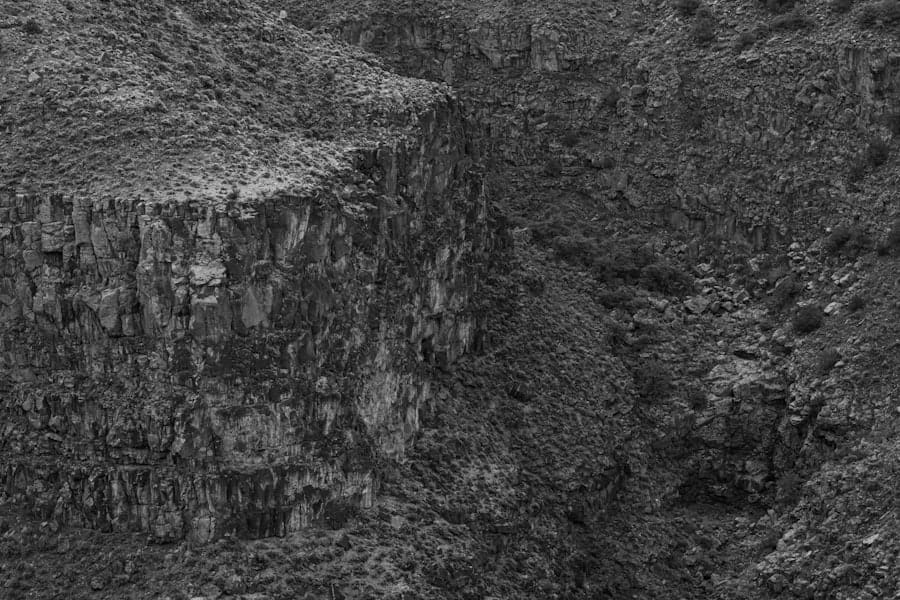The Earth is a multifaceted and ever-changing celestial body, comprising a wide array of characteristics and interconnected systems that collectively form our living environment. Grasping the Earth’s structure is fundamental to comprehending the intricate relationships between its various components. The planet consists of several distinct layers, each with unique properties and functions.
At its center lies the inner core, a solid sphere primarily composed of iron and nickel, surrounded by the liquid outer core. The mantle, the thickest layer, sits above the core and is responsible for convection currents that drive plate tectonics. The outermost solid layer, known as the crust, varies in thickness between oceanic and continental regions.
Beyond the solid Earth, the atmosphere extends from the surface upwards, divided into multiple layers including the troposphere, stratosphere, mesosphere, and thermosphere. These atmospheric layers play crucial roles in climate regulation, protection from harmful radiation, and the distribution of heat and moisture across the globe. The hydrosphere, encompassing all of Earth’s water in various states, interacts with both the solid Earth and the atmosphere, influencing weather patterns, erosion, and the global water cycle.
Together, these systems maintain the delicate equilibrium necessary for sustaining life on our planet.
Key Takeaways
- Earth is made up of three main layers: the core, mantle, and crust.
- The Earth’s surface features include mountains, oceans, and continents, which are constantly changing due to tectonic plate movement.
- The Earth’s atmosphere is composed of several layers and plays a crucial role in supporting life on the planet.
- Tectonic plates are constantly moving and impacting the Earth’s landforms, leading to the formation of mountains, earthquakes, and volcanic activity.
- The Earth’s hydrosphere consists of oceans, rivers, and lakes, which are interconnected and essential for supporting life on Earth.
The Earth’s Structure: Core, Mantle, and Crust
The Core: A Hot, Dense Center
The Earth’s core is a hot, dense center made primarily of iron and nickel. The solid inner core is believed to be as hot as the surface of the sun, while the outer core is liquid and responsible for generating the Earth’s magnetic field.
The Mantle: A Semi-Solid Layer
Surrounding the core is the mantle, which is composed of silicate rocks rich in iron and magnesium. The mantle’s convection currents drive the movement of tectonic plates and create volcanic activity.
The Crust: A Dynamic, Ever-Changing Layer
The Earth’s crust is the thin, solid outermost layer that is divided into several large and small tectonic plates. These plates are in constant motion, interacting with each other to create various landforms and geological features. The crust is where all life on Earth exists, and it is here that we see the dynamic processes that shape the Earth’s surface, such as volcanic eruptions, earthquakes, and mountain formation.
The Earth’s Surface Features: Mountains, Oceans, and Continents

The Earth’s surface features are diverse and varied, ranging from towering mountains to vast oceans and expansive continents. Mountains are formed through tectonic processes such as volcanic activity, folding, and faulting. They play a crucial role in shaping the Earth’s landscape and influencing weather patterns.
Oceans cover more than 70% of the Earth’s surface and are home to a wide variety of marine life. They also play a vital role in regulating the Earth’s climate by absorbing and releasing heat. Continents are large landmasses that are primarily composed of granite and sedimentary rocks.
They provide habitats for diverse ecosystems and are essential for supporting human civilization. Mountains are some of the most striking features on Earth’s surface, with their towering peaks and rugged terrain. They are formed through various geological processes, including volcanic activity, erosion, and tectonic plate movement.
Oceans are vast bodies of saltwater that cover most of the Earth’s surface. They are home to an incredible diversity of marine life, from tiny plankton to massive whales. Oceans also play a crucial role in regulating the Earth’s climate by absorbing and releasing heat, as well as influencing weather patterns through evaporation and precipitation.
Continents are large landmasses that are primarily composed of granite and sedimentary rocks. They are home to diverse ecosystems and provide habitats for a wide range of plant and animal species. Continents also play a crucial role in supporting human civilization by providing resources such as food, water, and minerals.
The Earth’s Atmosphere: Layers and Composition
| Layer | Altitude (km) | Composition |
|---|---|---|
| Troposphere | 0-12 | Nitrogen, Oxygen, Water Vapor, Carbon Dioxide |
| Stratosphere | 12-50 | Ozone, Nitrogen, Oxygen |
| Mesosphere | 50-85 | Oxygen, Nitrogen |
| Thermosphere | 85-600 | Ions, Oxygen, Nitrogen |
| Exosphere | 600-10,000 | Hydrogen, Helium, Oxygen |
The Earth’s atmosphere is a complex system composed of several layers that protect and sustain life on our planet. The atmosphere is divided into five main layers: the troposphere, stratosphere, mesosphere, thermosphere, and exosphere. Each layer has its own unique characteristics and plays a vital role in regulating the Earth’s climate and protecting it from harmful solar radiation.
The atmosphere is primarily composed of nitrogen (78%) and oxygen (21%), with trace amounts of other gases such as carbon dioxide, water vapor, and argon. These gases interact with each other to create weather patterns, support life, and maintain the delicate balance that sustains our planet. The troposphere is the lowest layer of the atmosphere and is where all weather occurs.
It contains most of the atmosphere’s water vapor and is responsible for creating clouds, precipitation, and storms. The stratosphere is located above the troposphere and contains the ozone layer, which absorbs harmful ultraviolet radiation from the sun. The mesosphere is the middle layer of the atmosphere and is where meteors burn up upon entering the Earth’s atmosphere.
The thermosphere is the second-highest layer and is where the auroras occur due to interactions with solar radiation. Finally, the exosphere is the outermost layer of the atmosphere and gradually transitions into outer space.
The Earth’s Tectonic Plates: Movement and Impact on Landforms
The Earth’s tectonic plates are large pieces of the Earth’s crust that float on the semi-fluid mantle below. These plates are in constant motion, driven by convection currents in the mantle. There are several types of plate boundaries where tectonic plates interact with each other: divergent boundaries where plates move apart, convergent boundaries where plates collide, and transform boundaries where plates slide past each other.
These interactions create various geological features such as mountains, volcanoes, earthquakes, and ocean trenches. Divergent boundaries occur where tectonic plates move away from each other, creating new crust as magma rises from the mantle to fill the gap. This process forms mid-ocean ridges and rift valleys on continents.
Convergent boundaries occur where tectonic plates collide, leading to subduction zones where one plate is forced beneath another. This process creates mountain ranges such as the Andes in South America and volcanic arcs like the Ring of Fire in the Pacific Ocean. Transform boundaries occur where tectonic plates slide past each other horizontally, creating faults such as the San Andreas Fault in California.
The Earth’s Hydrosphere: Oceans, Rivers, and Lakes

Oceans: The Largest Component of the Hydrosphere
Oceans cover more than 70% of the Earth’s surface and play a crucial role in regulating the climate by absorbing and releasing heat. They are home to an incredible diversity of marine life, from tiny plankton to massive whales. Oceans also influence weather patterns through evaporation and precipitation.
Rivers: Shaping Landscapes and Supporting Ecosystems
Rivers are freshwater bodies that flow from high elevations to lower elevations, shaping landscapes through erosion and deposition. They provide habitats for diverse ecosystems and are essential for supporting human civilization by providing water for drinking, agriculture, and industry.
Lakes and Glaciers: Unique and Vital Components of the Hydrosphere
Lakes are bodies of water surrounded by land and can vary in size from small ponds to massive inland seas. They provide habitats for a wide variety of plant and animal species and are important for supporting local ecosystems. Glaciers are large masses of ice that move slowly over land, shaping valleys and carving out fjords.
Understanding the Interconnected Systems of Earth
In conclusion, the Earth is a complex and dynamic planet with interconnected systems that work together to create a habitable environment for life. From its structure to its surface features, atmosphere, tectonic plates, and hydrosphere, each component plays a crucial role in shaping our planet. By understanding these interconnected systems, we can gain a deeper appreciation for the delicate balance that supports life on Earth and work towards preserving it for future generations.
If you’re interested in learning more about energy efficiency and sustainability, you may want to check out Elion’s article on energy audit in Kanpur. An energy audit can help identify areas where energy is being wasted and provide recommendations for improvement. This can be a valuable tool for businesses and individuals looking to reduce their environmental impact and save on energy costs. You can read more about it here.
FAQs
What is an Earth layout diagram?
An Earth layout diagram is a visual representation of the different layers and components of the Earth, including the crust, mantle, outer core, and inner core.
What are the main components of the Earth depicted in the diagram?
The main components of the Earth depicted in the diagram include the crust, mantle, outer core, and inner core.
What is the purpose of an Earth layout diagram?
The purpose of an Earth layout diagram is to provide a visual representation of the Earth’s structure and composition, helping to illustrate the different layers and components that make up the planet.
How is an Earth layout diagram typically organized?
An Earth layout diagram is typically organized with the crust at the outermost layer, followed by the mantle, outer core, and inner core at the center.
What are some key features of an Earth layout diagram?
Some key features of an Earth layout diagram include labeling of the different layers, depiction of the relative thickness and composition of each layer, and indication of the Earth’s overall structure.

